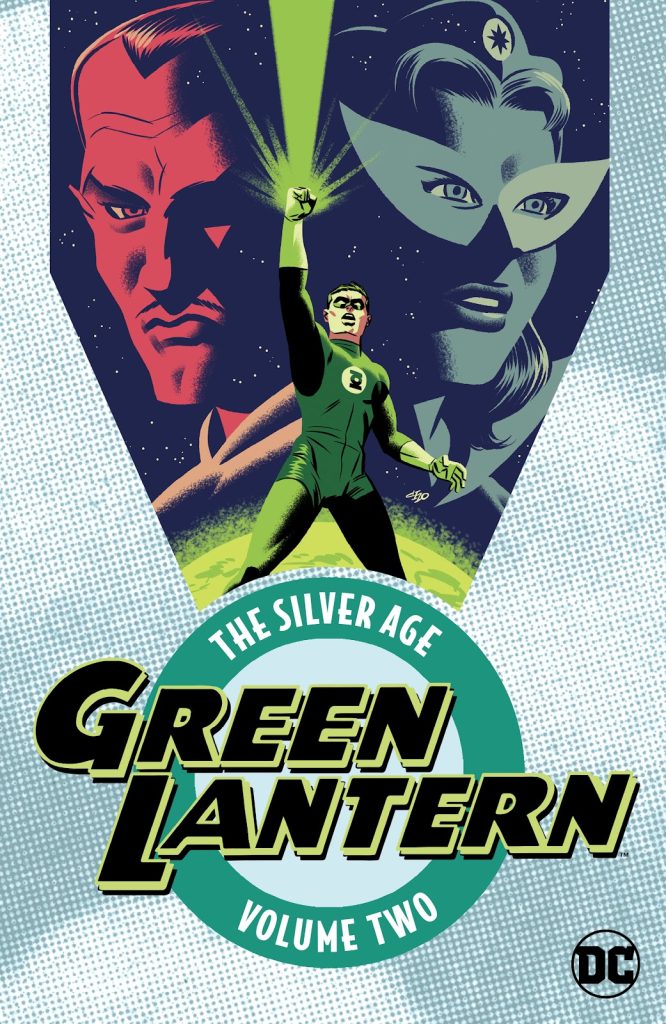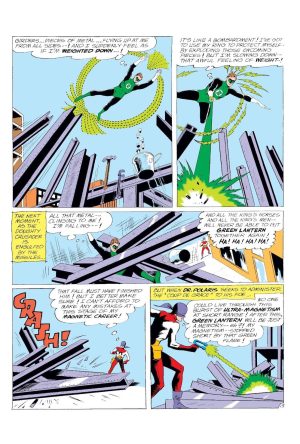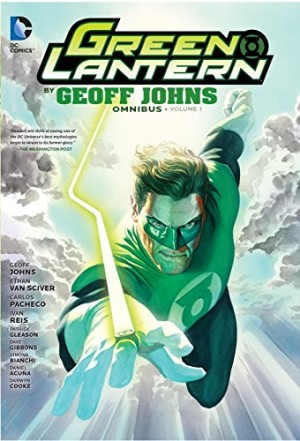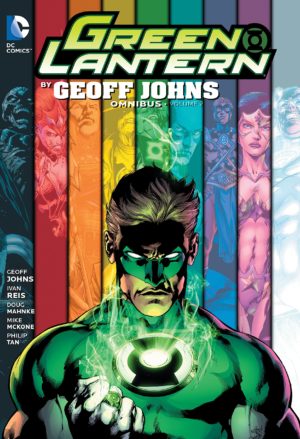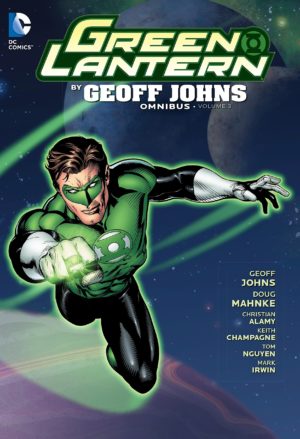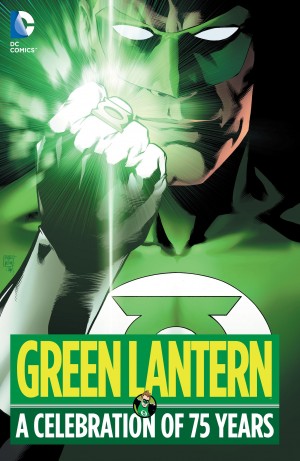Review by Win Wiacek
This selection of John Broome and Gil Kane’s Green Lantern picks up in 1962. By this stage the concept itself provides of boundless opportunity. Broome has established Hal Jordan as a human everyman (despite being a test pilot), whose courage and moral compass has also seen him chosen as a form of galactic policeman. His adventures can involve the wildest SF concepts and numerous aliens, yet part of the package is also small scale human dramas.
The contrast is apparent early here with the pair of stories originally presented as Green Lantern 11. In the first readers hungry for more on the Green Lantern Corps are introduced to another half-dozen or so ringbearers when Hal undergoes court-martial for dereliction of duty in a saga of cataclysmic proportions. Just as well the Corps didn’t discover that Hal then loses his power ring through a hole in his pocket, and it’s picked up by a kid who happens to be his biggest fan.
Kane’s increasingly loose and expressive pencils, especially when inked by Murphy Anderson, are an unalloyed delight of easy grace and power. Kane’s dynamic anatomy and deft page design matures throughout, and today it seems incredible today that he provided excitement for an almost uninterrupted run from 1959 to 1968. The exception is included here, as Mike Sekowsky pencils much of a story concerning Hal again losing his ring from Kane’s layouts.
Broome continues to build around Green Lantern. An early story, albeit no blockbuster, gives the reason Hal constructs the piece of doggerel he uses to time his ring’s recharging period, and there’s a team-up leading to lifelong friendship between our hero and the Flash. Unusually for the time, they share each other’s secret identities from the start, and the team-up is quickly reprised. In the early 1960s costumed villains were considered secondary to tales of scientific trickery, human drama, or gimmicks like a clock that’s stopped, but the first appearances of some are found in this collection. Balkan ultra-nationalist villain Sonar appears twice, and dual-personality villain Doctor Polaris, Master of Magnetism, is introduced. Sinestro and Hector Hammond return.
However, it’s the alien women of Zamaron who institute the biggest change by taking the romantic triangle of Green Lantern, Carol Ferris and Hal Jordan to a new level. They select Carol as their new queen and give her a gem as versatile as a power ring, and a brainwash make-over too. Programmed to destroy the man she loves, Star Sapphire would become another recurring foe, but one with a telling advantage.
Tom Kalmaku’s close friendship with Hal is highlighted in several stories, often helping him test the limits of Green Lantern’s capabilities.
Gardner Fox would come to share the writing duties with Broome, and his first tale addresses why Hal’s predecessor Abin Sur crashed to Earth in a spaceship when all Green Lanterns can fly through space on ring power alone. Fox’s contribution increases in Volume Three.
These stories can also be found spread over Green Lantern Archives Volume 2 and Volume 3, or in black and white spanning Showcase Presents Green Lantern Volume 1 and Volume 2. In any form these glorious adventures of simpler, yet somehow better days are an unalloyed delight.
